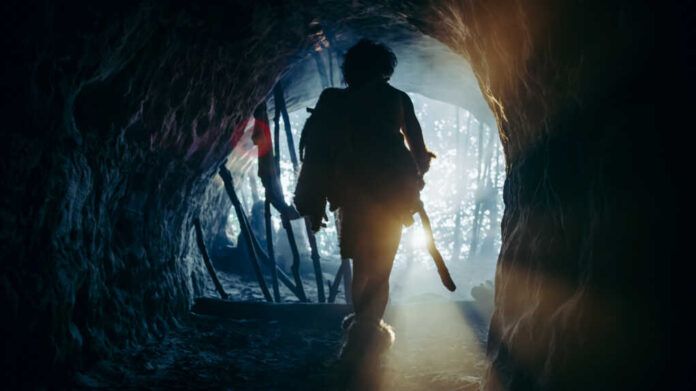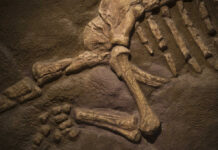
The sequencing of the ‘Last Neanderthal’s’ DNA reshapes our understanding of human history, redefining how Homo sapiens became the sole survivors.
Story Overview
- Recent DNA analysis of ancient human relatives offers new insights into their extinction.
- Neanderthals and Denisovans disappeared during a crucial period of climate change.
- Homo sapiens’ survival is linked to adaptability and technological advances.
- Extinction events were multi-causal, involving climate, competition, and interbreeding.
Groundbreaking DNA Analysis
Recent breakthroughs in DNA sequencing have allowed scientists to piece together the genetic history of ancient human relatives like Neanderthals and Denisovans. These investigations revealed important details about their interactions with Homo sapiens, including interbreeding events that contributed to the modern human genome. This research fundamentally alters our understanding of human evolution, highlighting the complex interplay of genetic, environmental, and competitive factors in shaping our ancestors’ fate.
These discoveries stem from the analysis of genetic material extracted from ancient remains, which offers unprecedented insights into the life and times of extinct species. By comparing the DNA of Neanderthals and Denisovans with that of modern humans, scientists have reconstructed migration patterns and interactions that might have contributed to the eventual dominance of Homo sapiens. This research underscores the significance of interspecies competition and genetic exchange in human ancestry.
Watch: Scientists Sequenced the DNA of the ‘Last Neanderthal’—and It Alters Human History
Environmental and Competitive Pressures
During the era when Neanderthals and Denisovans thrived, the Earth experienced dramatic climatic shifts. Ice ages and interglacial periods significantly impacted the habitats and resources available to these species, creating a challenging environment for survival. Climate modeling shows that these abrupt changes resulted in the loss of viable living spaces, which compounded the pressures faced by archaic human species.
In addition to environmental challenges, competition with Homo sapiens presented another significant threat. As anatomically modern humans migrated out of Africa and spread across the globe, they brought with them advanced tools and strategies that gave them an edge over other human species. This competitive advantage, coupled with adaptability to diverse environments, allowed Homo sapiens to survive while their contemporaries vanished.
Implications and Future Research
The extinction of Neanderthals and Denisovans was not a result of a single cause but rather a combination of factors including climate change, competition, and genetic exchanges. This multi-faceted nature of extinction events provides valuable lessons for understanding human resilience and adaptability in the face of environmental challenges. As research continues, scientists aim to further unravel the complexities of these historical events.
Looking forward, these insights have broad implications for current debates on human resilience and the challenges posed by climate change and biodiversity loss. The ongoing integration of genetic, archaeological, and environmental data promises to refine our understanding of human history and highlight the intricate web of factors that have shaped our journey from the distant past to the present.
Sources:
Essential Timeline for Understanding the Evolution of Homo Sapiens
Human Evolution Timeline
Human Ancestors May Have Almost Died Out in Ancient Population Crash
Extinction Over Time


















